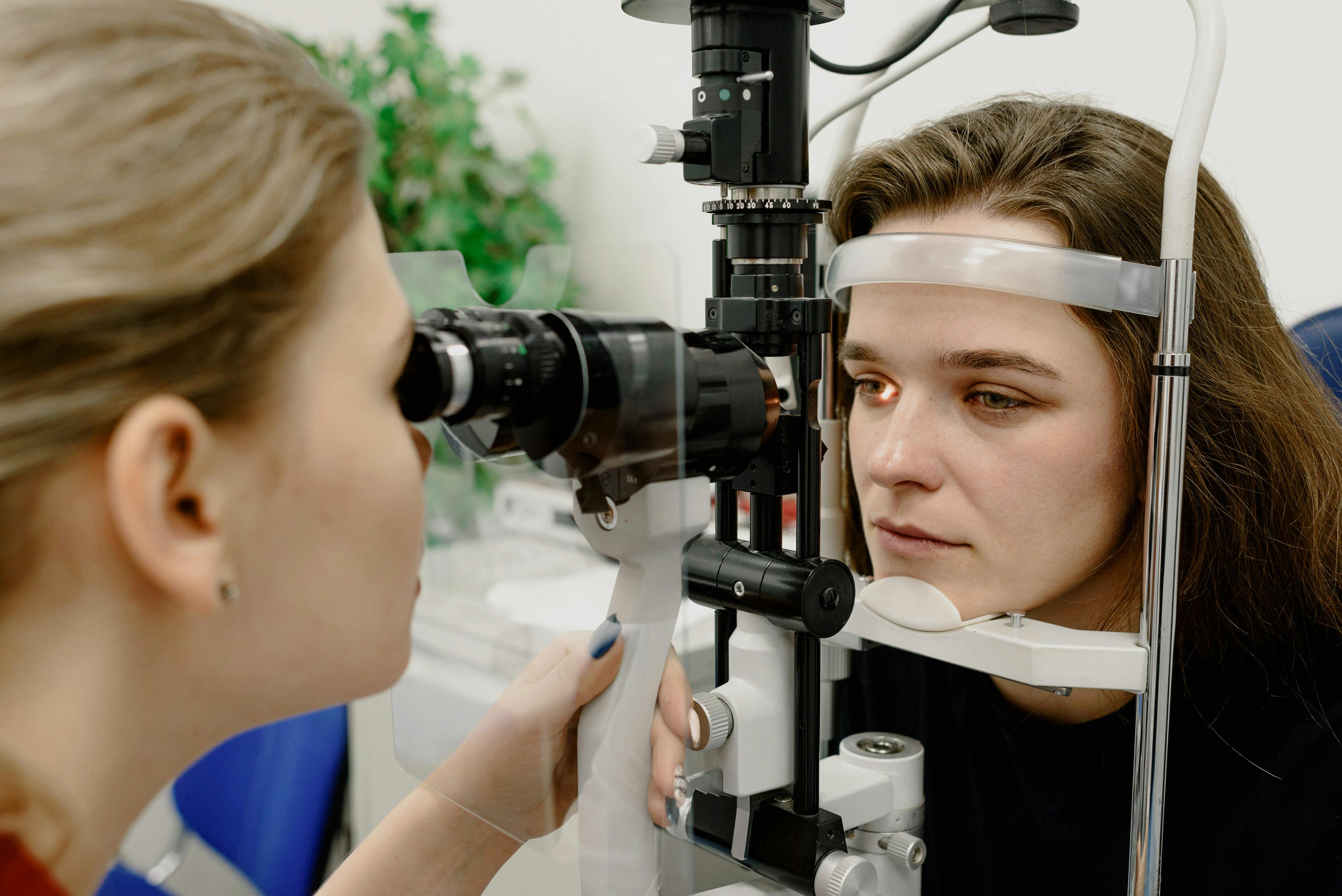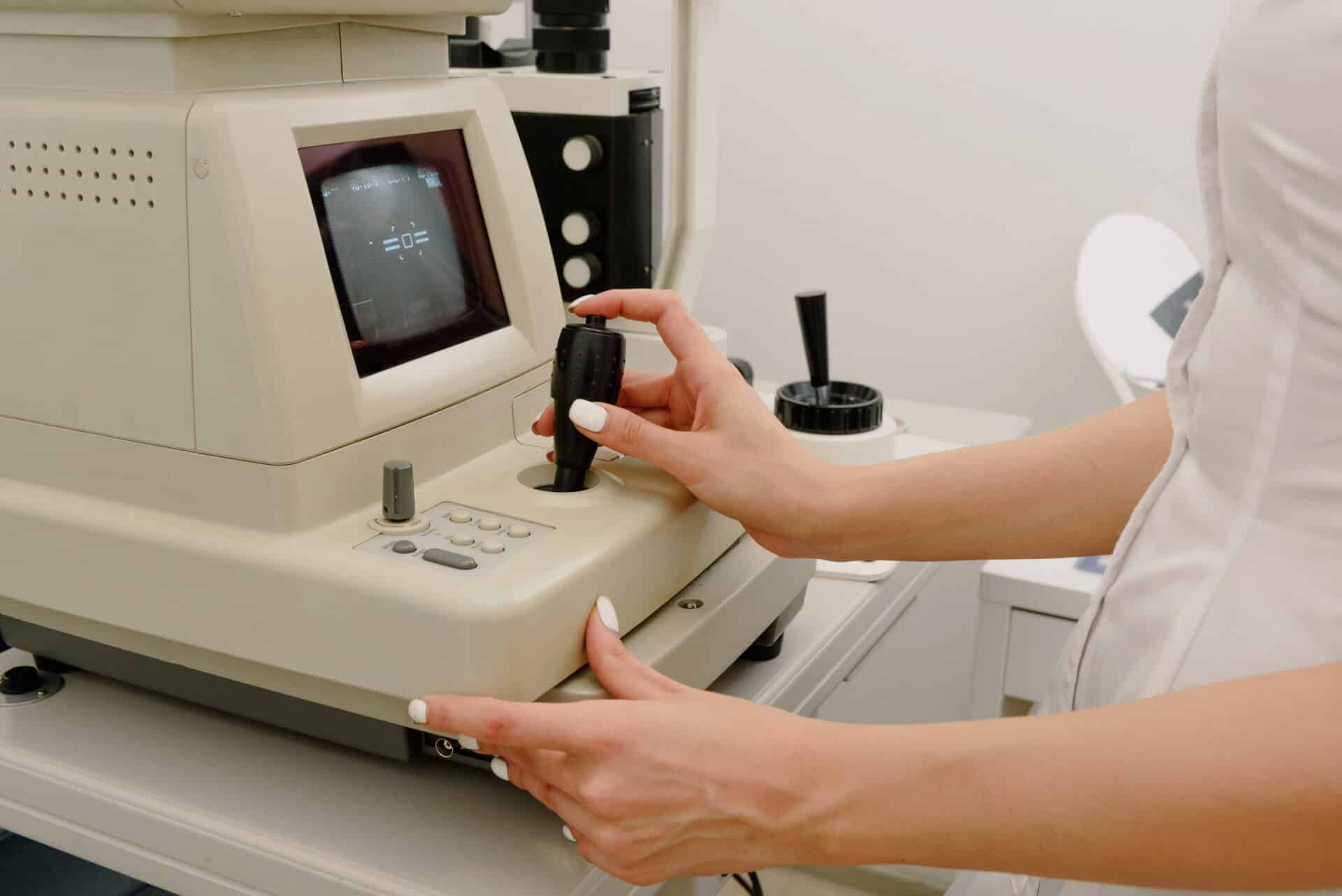Distillation is a process used to separate components of a mixture based on their boiling points. It is an important technique used in many industries such as pharmaceuticals, food and beverage, petrochemicals, and more. A distillation apparatus is used to separate the components of a mixture through a process of heating, cooling, and condensation. This article will explain the basics of how a distillation apparatus works.A distillation apparatus is a set of equipment used to separate a liquid mixture into its component parts, or fractions, through the process of distillation. It typically consists of a pot, still head, condenser and receiver. Heating the mixture causes the components to evaporate at different temperatures and travel through a tube into a condenser where they are cooled and collected in separate containers.
How Does A Distillation Apparatus Work?
Distillation is a process used to purify or separate liquids from a mixture. The distillation apparatus consists of two main parts: the distilling pot and the condenser. The distilling pot heats the mixture to boiling point, separating the liquids based on their boiling points. As the vapors rise, they pass through the condenser which cools them back into liquid form, allowing them to be collected in containers.
The exact components of a distillation apparatus vary depending on its purpose and design. The most basic setup includes a heating source, such as a Bunsen burner or electric hot plate, and a condenser that either uses cold water or air cooling. Other components may include receiving flasks, thermometers, vacuum pumps and bubble cap trays. Larger setups may use fractional columns that allow for more precise separation of different liquids.
The process of distillation works by taking advantage of differences in boiling points between different liquids in a mixture. As heat is applied to the mixture, it begins to boil and vaporize into its component parts. Since each liquid has its
Components of a Distillation Apparatus
A distillation apparatus is composed of several components that work together in order to distill a liquid. The two main components are the still pot and the condenser. The still pot is typically made out of stainless steel and is used to heat up the liquid mixture that needs to be distilled. The condenser is also made out of stainless steel and works by cooling down the vaporized liquid so it can be collected as a separate liquid.
In addition to these two main components, there are other components that make up a distillation apparatus. These include the collection vessel, thermometer, adapter, tubing, and adapter. The collection vessel is typically a flask or carboy and serves as the container for collecting the distilled liquid. A thermometer is used to measure the temperature of the still pot so it can be adjusted accordingly during distillation. The adapter connects the still pot to the condenser and allows for easy transfer of vaporized liquid between them. Tubing connects all of these components together and allows them to properly function within one unit.
Finally, there may also be additional accessories that may need to be added or removed depending
Types of Distillation Apparatuses
Distillation is a process used to separate liquid mixtures or solutions into their component parts. Distillation apparatuses are used to enable the process of distillation. There are several types of distillation apparatuses depending on the type of distillation being performed and the desired outcome. Here are some of the most commonly used types of distillation apparatuses:
The simplest type is a pot still, which is a single container with a simple setup and low cost. This type is often used for small-scale operations and for producing essential oils, perfumes, and other specialty products. A pot still typically consists of a large pot or boiler, a condenser, and a receiver.
The second type is the fractional distillation column which is more complex than the pot still but allows for more precise control over the separation process. This type consists of several sections that allow different components to be collected from each section at different temperatures and with different levels of purity. Fractional columns can also be operated in batch mode or continuously depending on the requirements.
<
Distillation
Distillation is a process used to separate or purify substances from a mixture by boiling the mixture and condensing the vapor. The process works by separating components of a liquid mixture based on their different boiling points. The liquid mixture is heated until the components with the lowest boiling points vaporize first, while those with higher boiling points remain in liquid form. The vapor is then collected and condensed back into liquid form, which can then be removed and stored in a separate container. In order to further refine the separated liquids, the distillation process can be repeated multiple times with different temperatures and pressures. This allows for more precise separation of compounds based on their individual properties. Distillation is commonly used in industries such as oil refineries, food processing plants, chemical plants, and pharmaceutical companies to extract or purify desired chemicals from raw materials.

Distillation Apparatus
A distillation apparatus is a device used in chemistry to separate liquids from solids and other liquids. It is one of the oldest methods of purification, and is still widely used today. The process of distillation involves boiling a liquid to vaporize its components, and then condensing the vapor back into liquid form. This allows for the separation of different components in a liquid mixture, as different compounds have different boiling points. The distillation apparatus consists of several pieces, including a container for the liquid mixture, a condenser to cool the vaporized components back into liquid form, and a collection vessel for collecting the separated products. The apparatus may also include additional pieces such as thermometers and stirrers. Distillation is used in many industries and applications, including perfume production, water purification, alcohol production, food processing, medical research and more.
The Benefits of Using a Distillation Apparatus
Distillation is a process used to separate liquids from solids, and it is commonly used in chemistry laboratories. A distillation apparatus is an essential piece of equipment for this process, and it can provide many benefits. It can help ensure the purity and quality of the distilled product, as well as increase safety in the laboratory. By using a distillation apparatus, scientists are able to more accurately measure and control the temperature of the distilling process. This allows them to separate out any impurities or unwanted substances from the liquid being distilled.
The distillation apparatus also helps to improve efficiency in the laboratory. By controlling the temperature of the liquid being distilled, scientists are able to reduce their time spent on each individual process. This helps them to complete more experiments in less time, resulting in fewer resources being used and greater productivity overall. Additionally, a distillation apparatus can help reduce contamination by providing a closed environment for the experiment.
Finally, a distillation apparatus provides added safety for laboratory personnel by ensuring that no harmful vapors are released during the experiment. By controlling both temperature
Safety Measures When Working with a Distillation Apparatus
It is important to take all necessary precautions when working with a distillation apparatus. It is essential to wear protective clothing and gloves, as well as safety glasses, when handling the apparatus and its components. Additionally, it is recommended that the distillation apparatus be set up in a well-ventilated area, away from any sources of open flame or sparks. Ensure that all connections are tightly sealed to avoid any leakage of hazardous substances.
It is also important to use only approved materials during any distillation process. All materials used should be compatible with the hazardous substances being handled, and should not pose any risk of contamination or reaction with the chemicals. Additionally, it is important to ensure that all materials used are in good condition prior to use.
When operating the distillation apparatus, it is essential to follow all safety protocols provided by the manufacturer and local regulations. This includes ensuring that any valves or switches are correctly adjusted and in working order before beginning the process. It is also important to check for any potential leaks or other hazards before powering up the apparatus. Additionally, it

Conclusion
Distillation is a process that separates mixtures of liquids and solids through the use of heat and pressure. The distillation apparatus consists of a condenser, heat source, an evaporator, and a collection vessel. The heat source heats up the mixture, which causes it to evaporate. The vapors then travel through the condenser and turn back into liquid form, which is then collected in the collection vessel. This process is used to separate out various components from a mixture without changing their chemical composition. Distillation can be used for purification or for fractional distillation to separate components from a mixture based on their boiling points.
The distillation apparatus is an effective way to separate out various components from a mixture without changing their chemical composition. It is important to understand how this apparatus works and its various parts in order to use it effectively and safely. With proper care and maintenance, the distillation apparatus can be used to successfully separate mixtures of liquids and solids with ease.
In conclusion, understanding how the distillation apparatus works is essential in order to effectively use it for separating mixtures of liquids and solids without changing their chemical

